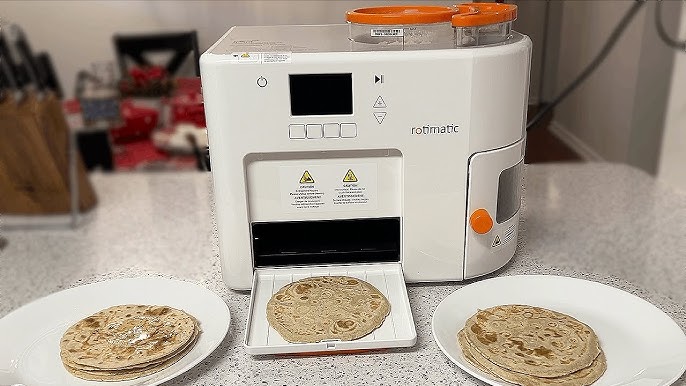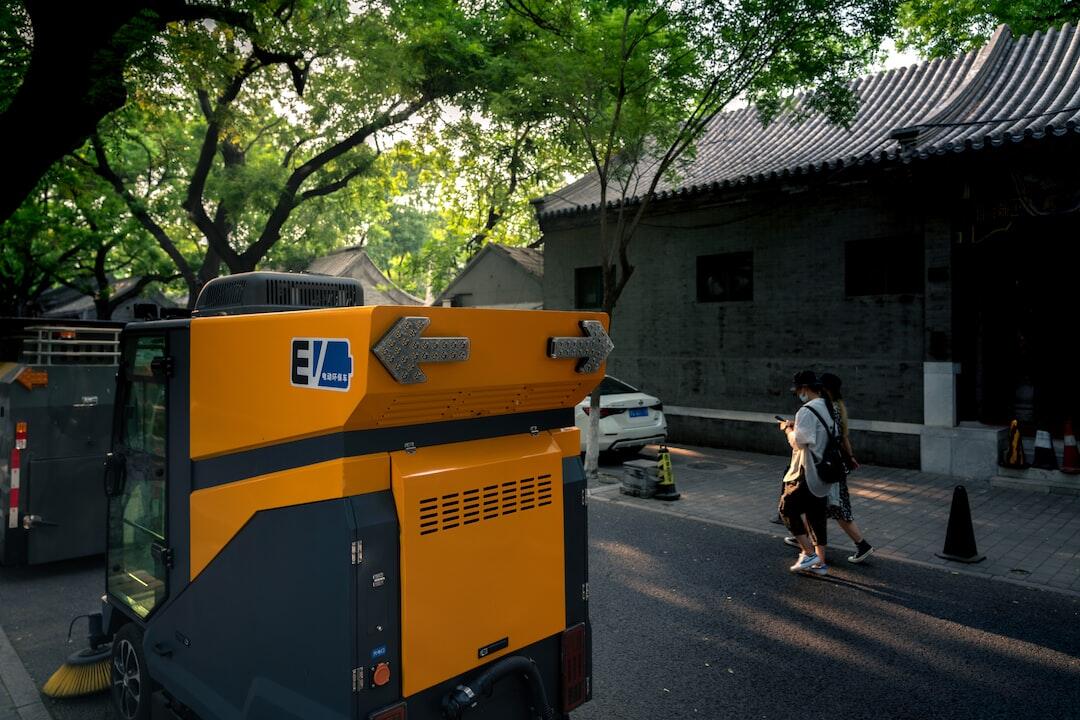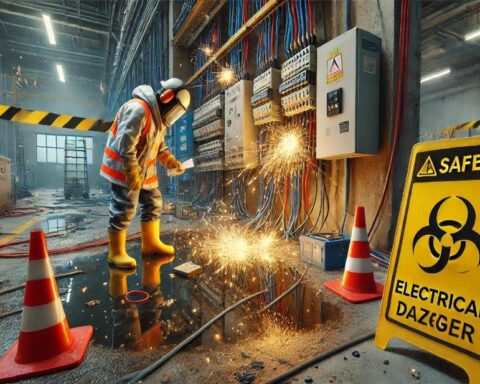Imagine the mesmeric freshly made roti aromatising your kitchen; a golden, warm, soft flatbread is primed to accompany various delicious Indian dishes. Roti is common yet essential in Indian households. It’s not just a food; it represents tradition, culture, and culinary mastery. Achieving the ideal texture and taste requires skills and the right cookware. As technology advances, so does our approach to traditional cooking methods. Among all, the two popular choices are the automatic roti maker, which is the modern marvel, and another is the conventional cast iron tawa.
Introduction to the Automatic Roti Maker
An automatic roti maker is a modern approach to making rotis; this appliance is designed to make the process of making rotis easier. It provides convenience and efficiency in kitchen routines, such as automatic dough kneading, rolling, and cooking. The key feature of this automatic roti maker is its easy-to-use interface. The core attraction of this appliance is its ability to swiftly and effortlessly create perfectly round rotis with minimal manual effort. Just press a button, and then the machine rolls, flattens, and cooks the rotis, assuring evenness and regularity in every piece.
The automatic roti maker provides flexible temperature regulation, enabling access to modify the cooking process according to their preferences. Whether you prefer soft and fluffy rotis or crispy and golden brown ones, this appliance fits your expected outcome best.
Another key feature of the automatic roti maker is it offers a non-stick surface, which blocks the dough from sticking and ensures easy cleanup while saving time and effort in the kitchen. This improves the cooking experience by cutting off the need for excess oil or flour during the cooking process.
This appliance benefits individuals with busy lifestyles or those who may find traditional roti-making challenging and are seeking a hassle-free cooking experience.
Introduction to the Cast Iron Tawa
The cast iron tawa has been the favourite in Indian households as it is the essence of traditional Indian cooking. Making a cast iron tawa blends modern engineering and traditional craftsmanship. The primary component of cast iron tawa is iron, sourced from recycled scrap iron, which is melted down and purified to remove impurities.
One of the primary advantages is its seasoned surface and heat retention capacity, which makes it well-suited for preparing a variety of Indian breads like rotis, chapatis, parathas, and even pancakes and dosas. The cast iron tawa for dosa is the ultimate choice as it requires minimal oil for a healthier and authentic culinary experience. Over time, with proper care and usage, this seasoning develops which further gives a unique flavour to the rotis and creates a non-stick coating, which helps reduce the usage of excessive oil or ghee usage during the cooking process.
Another noteworthy feature of the cast iron tawa is that it can distribute heat evenly, maintaining a consistent temperature throughout. This ensures that each roti has the right softness & crispiness and charred aroma that characterises authentic Indian rotis.
This is particularly beneficial for those who acknowledge traditional roti-making. It is known for its durability and is a valuable addition to any kitchen, particularly for those who admire and acknowledge conventional cooking methods.
Comparison of Automatic Roti Maker and Cast Iron Tawa
While comparing the automatic roti maker and the cast iron tawa, it’s essential to consider your cooking style, lifestyle, and personal preferences; both offer unique advantages. Here are some points to consider in this comparison:
- Innovation vs. Tradition: The automatic roti maker is a modern approach to the kitchen and prioritises convenience, simplifying the cooking process. The cast iron tawa is a traditional approach and brings out rich and authentic flavours of roti.
- Roti Results: The automatic roti maker ensures that the rotis are perfectly round and cooked uniformly. At the same time, the cast iron tawa enables us to cook in a specific shape or texture and adds a unique and authentic taste to it.
- Specialisation vs. Versatility: The automatic roti maker is specialised and focuses primarily on consistently crafting rotis. At the same time, the cast iron tawa is versatile and suitable for various flatbreads.
- Maintenance: An automatic roti maker typically requires minimal cleaning after every use and occasional maintenance of its mechanical parts. The cast iron tawa requires seasoning and regular care to maintain its durability.
The journey of becoming a maestro in Indian cuisine is filled with discovery, experimentation, and, above all, passion for good food. Eventually, whether you choose the roti maker’s modern convenience or the tawa’s traditional charm, the goal remains the same: to master the art of Indian cuisine and savour the delicious flavours of freshly made rotis. By understanding these, you can make an informed decision that best suits your kitchen, cooking style, and lifestyle.
Keep an eye for more news & updates on EssentialTribune.Com!








